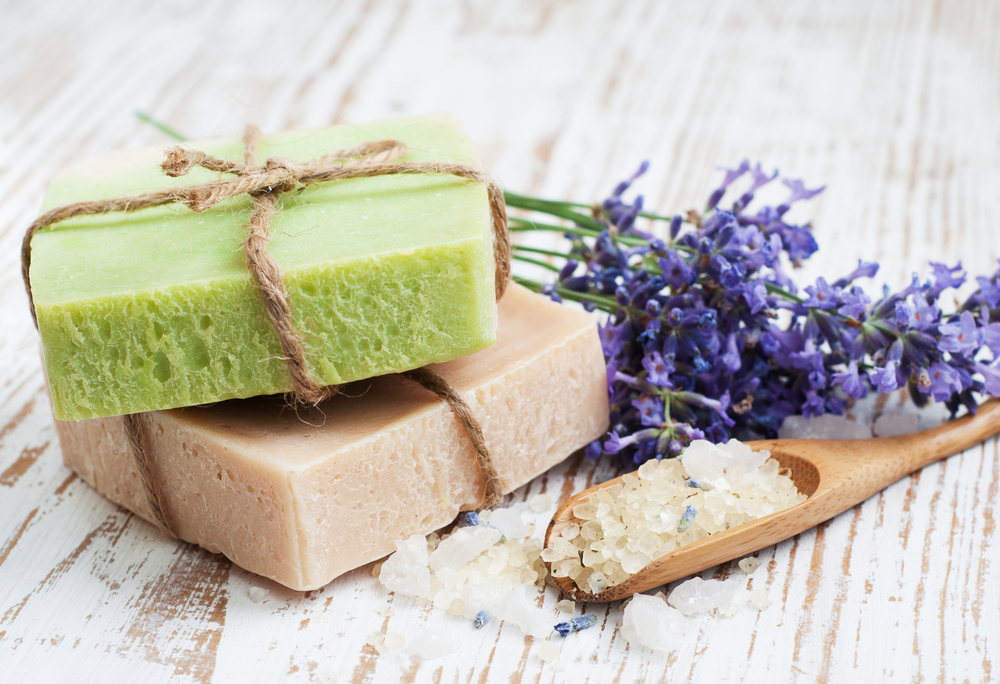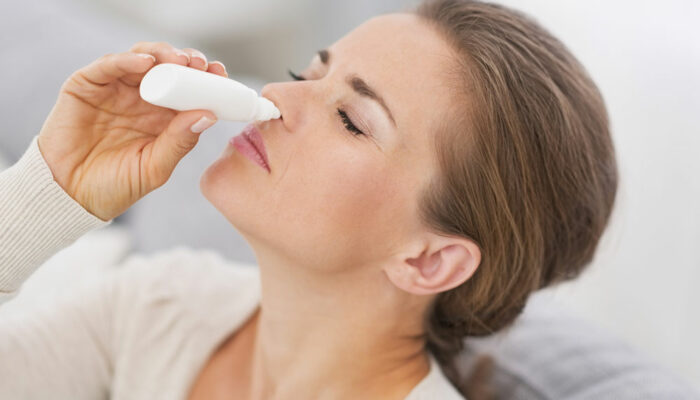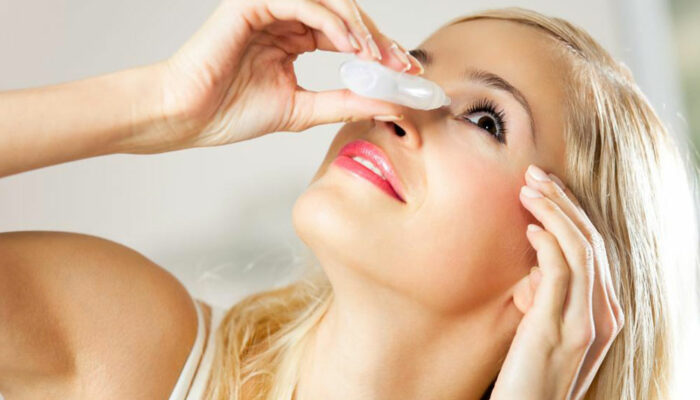
Soaps that Trigger Eczema
Eczema or atopic dermatitis is a discomforting and painful medical condition with both physical and emotional effects. Eczema symptoms include localized or generalized itchiness, cracking of the skin, weeping blisters, skin roughness, dryness, or inflammation. Infants suffering from eczema may also experience scaly and severely itchy patches.
The non-contagious condition is triggered by smoke, dust mite, soaps, and pollen grains. Other triggers include some food, perfumes, and makeup allergy. Soap is a common commodity used by billions of people around the globe daily. Many cases of eczema are traceable to soaps, whose constituent ingredients trigger atopic dermatitis. The following are soaps that trigger eczema:
1. Strong fragrance soaps
The strong fragrance in these soaps is derived from several synthetic chemical compounds, which are highly volatile. Some people are allergic to these chemical compounds, whose identities are sometimes masked by these soaps’ manufacturers. The strong fragrances are some of the leading eczema triggers, leading to localized and generalized skin flare-ups. Individuals with sensitive skin are at a greater risk of suffering from severe cases of weeping blisters, itchiness, and dryness. The allergic reaction to strong fragrance soaps may also lead to severe eczema symptoms in young children who have delicate skin and the least developed immune system. These soaps are the leading causes of contact dermatitis across the globe.
2. Soaps with cocamidopropyl betaine
Cocamidopropyl betaine (CAPB) is primarily derived from coconut oil. However, manufacturers usually mix it with synthetic chemicals when making everyday personal and household care products, such as soap. The chemical impurities added during manufacturing are the leading causes of allergic reactions among users of CAPB soaps. Eczema symptoms in children with sensitive skin who use CAPB soap will be severe and generalized. CAPB is also associated with contact dermatitis, characterized by discomforting skin redness, itchiness, and blisters. Soaps with Cocamidopropyl betaine also cause skin tightness and eye irritation.
3. Soaps with botanical oils
Most botanical oils are renowned for their health benefits, including their antioxidant and hydration qualities. However, botanical oil soaps are not hypoallergenic. The allergic reaction caused by oils derived from eucalyptus, Evening primrose, or tea tree causes irritations, weeping blisters, and cracked skin. These oils also weaken the skin, making you susceptible to skin dryness, cracks, and sores.
4. Soaps containing MCI and MI
Methylchloroisothiazolinone (MCI) and methylisothiazolinone (MI) are used as preservatives, not only household and personal care and beauty products like soap. The compounds are also found in various industrial products, including paints and cutting oils. These synthetic compounds are allergens that cause contact dermatitis and eczema. The chemicals also cause other skin conditions, including scalp dermatitis and hand dermatitis. MI and MCI burn and irritate the skin, leaving it scaled, dry, blistered, and painful.
5. Soaps with propylene glycol
Propylene glycol is a synthetic chemical compound primarily added to soap as a moisturizer. However, soaps with propylene glycol as constituent ingredients cause allergic reactions, with infants and people with sensitive skins are at a greater risk of infection. Such soaps manifest as systemic or generalized rashes and weeping blisters. These soaps are toxic when ingested.
6. Antibacterial soaps
Antibacterial soaps contain triclocarban, triclosan, and other synthetic compounds, including phenols, and iodine. Most of these chemicals cause allergic reactions, mostly when used by individuals with sensitive skin. Some of these complex compounds, especially triclocarban, are absorbed by the body and accumulate over time. The resulting allergic reaction may cause skin blisters and rashes.



